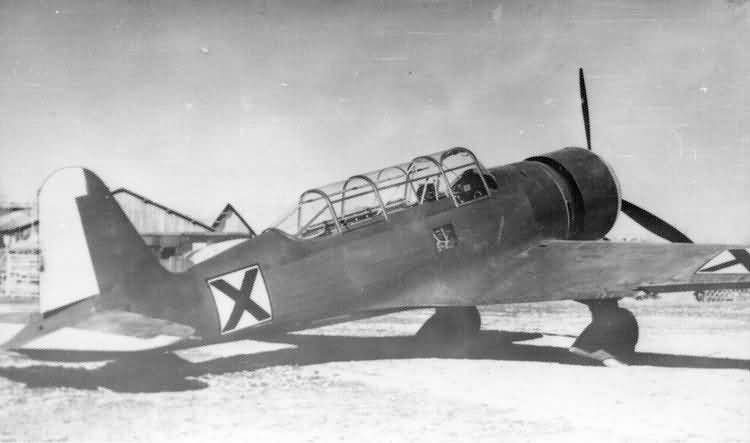A very much loved aircraft, SBD was a crucial tool in the USN arsenal during their many operations, both against the naval and ground targets. So let's 'give' the SBD to the other countries, too, in a shape of a cantilever monoplane A/C, with a retractable U/C, a ~1000 HP radial engine in the nose, crew of two, capable of steep and accurate dive bombing, well streamlined for a bomber with a 9 cyl radial in the nose (for 240-250 mph).
For the sake of discussion, the SBDs around the world are starting the service some time of early/mid 1939 (so it matters in Europe from the get go), with starting bomb load of, lets' say, 500 kg/1100 lb, growing fast towards1000 kg/2200 (edited 750 kg/1600 lb when the shooting starts. Obviously, something will need to be axed so the shiny new light bomber can be had.
750 kg/1600 lb when the shooting starts. Obviously, something will need to be axed so the shiny new light bomber can be had.
USAAC gets their A-24s as it was the case historically.
Preferred radial is a 9 cyl type as available (Germans can use the Bramo 323, British and Polish can use the Pegasus), or a 14 cyl type if there is no suitable 9 cyl of about 1000 HP (French, Italians, Romanians, Japanese? etc).
For the sake of discussion, the SBDs around the world are starting the service some time of early/mid 1939 (so it matters in Europe from the get go), with starting bomb load of, lets' say, 500 kg/1100 lb, growing fast towards
USAAC gets their A-24s as it was the case historically.
Preferred radial is a 9 cyl type as available (Germans can use the Bramo 323, British and Polish can use the Pegasus), or a 14 cyl type if there is no suitable 9 cyl of about 1000 HP (French, Italians, Romanians, Japanese? etc).
Last edited:

